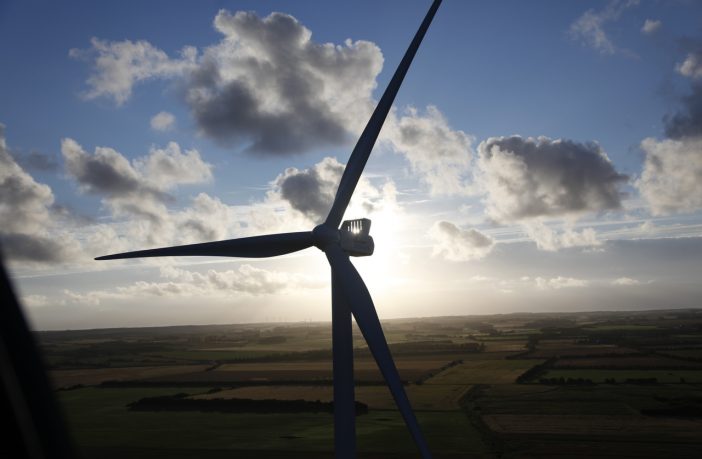- The new V162-5.6 MW and V150-5.6 MW will be globally applicable and are added to the wide range of Vestas’ existing 2 MW and 4 MW platform turbines.
- The turbines feature a full-scale converter, capable of meeting complex and differing grid requirements in local markets.
- Initially, the new variants are targeted at the onshore market, but may have offshore applicability.
Vestas has introduced two new variants to their EnVentus wind turbine platform, which represents another significant step forward in the continuous efforts to lower the levelised cost of energy and accelerate the global transition to a more sustainable energy mix.
The platform’s first two variants: the V162-5.6 MW and V150-5.6 MW will be globally applicable and are added to the wide range of Vestas’ existing 2 MW and 4 MW platform turbines, giving customers an unmatched combination of turbines to harness wind in any specific location.
The turbines feature a full-scale converter, capable of meeting complex and differing grid requirements in local markets. The full-scale converter is matched by a permanent magnet generator for maximum system efficiency and balanced by a medium-speed drivetrain.
With a swept area of over 20,000m2, the V162-5.6 MW offers the largest rotor size in onshore wind to achieve industry-leading energy production. When paired with a high capacity factor, the V162-5.6 MW offers 26 percent higher annual energy production than the V150-4.2 MW, depending on site-specific conditions. It is primarily relevant in low to medium wind conditions, but also has extensive applicability in high average wind speeds depending on site-specific conditions. The first V162-5.6 MW prototype is expected to be installed in mid-2020, with serial production later that year.
The V150-5.6 MW takes our existing 150m rotor and applies it to higher wind speeds and extended market applicability. When combined with its higher generator rating, the tubine increases the annual energy production potential by 30 percent compared to V136-4.2 MW depending on site specific conditions. It is primarily relevant in medium to high wind conditions. The first V150-5.6 MW prototype is expected to be installed in the second half of 2019, while serial production is scheduled for mid-2020.
Initially, the new variants are targeted at the onshore market, but may have offshore applicability.
Author: Bryan Groenendaal











